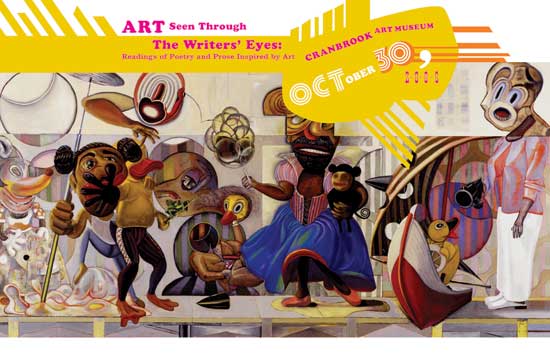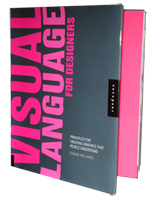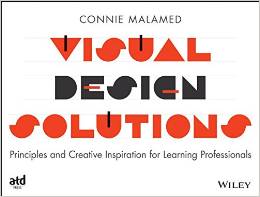
Designer: Francheska Guerrero, Unfolding Terrain.
Getting viewers to attend to your graphic is always a design goal. At initial glance, people typically pay greater attention to objects that are associated with something threatening or rewarding rather than graphics that are neutral. This has been measured in multiple studies measuring brain activity, heart rate and other physical indicators.
Expanding on the idea of what is threatening or rewarding can be a basis for conceiving original design concepts. Certainly an image of a threatening situation will grab attention. But what about a graphic that puzzles the viewer? Humans seem to be wired with a desire to figure things out. Perhaps the motivation to understand a graphic comes from an innate need to determine if something is threatening or rewarding.
Five Strategies
Using this as a guide, here are five strategies to trigger attention through the use of imagery to use in conjunction with your visual communication goals.
- Arouse pleasant emotions: Images of people in love, having fun, helping others, cute children and baby animals typically arouse pleasant emotions, which grab attention. Warm imagery that is emotionally relevant to the human experience is rewarding.
- Arouse unpleasant emotions: Images of threatening objects, unnerving scenes, evil characters, death and people in despair will trigger attention because they evoke unsettling emotions. Imagery that elicits negative emotions is just as relevant to the human experience and our need for self-preservation will trigger attention in these images.
- Create confusion: Images of unfamiliar objects or terrains, a mismatch of imagery or a unique perspective can grab attention if they confuse the viewer. The unusual visual is challenging, requiring the viewer to decode it in order to understand it. Viewers will abandon the graphic if it takes too long to decipher.
- Create surprise: Images that are unexpected or have a visual or conceptual twist can elicit attention through surprise. People build internal scripts of how things should proceed, of cause and effect and of what belongs together and what does not. Imagery that goes against what is expected will create surprise.
- Be provocative: Images that are unusually large, extremely close-up, of controversial people or extreme ideas, will captivate attention from the start. Whether provocative imagery evokes pleasant or unpleasant emotions depends on the viewer and the subject, but it is bound to excite the viewer and grab attention.
It’s not hard to imagine that something unusual, unrecognizable or unexpected might be associated with a threatening condition in the primal recesses of the brain. And that experiences that promoted well-being would be rewarding. Maybe we haven’t changed that much after all.
Research: Codispoti, M, et. al., Repetition and Event-related Potentials:Distinguishing Early and Late Processes in Affective Picture Perception. Journal of Cognitive Neuroscience.


{ 2 trackbacks }
{ 1 comment… read it below or add one }
well said, we do this unconsciously in our artworks, without actually thinking about it